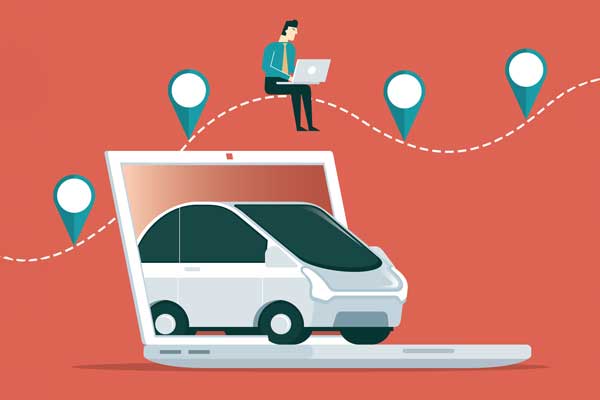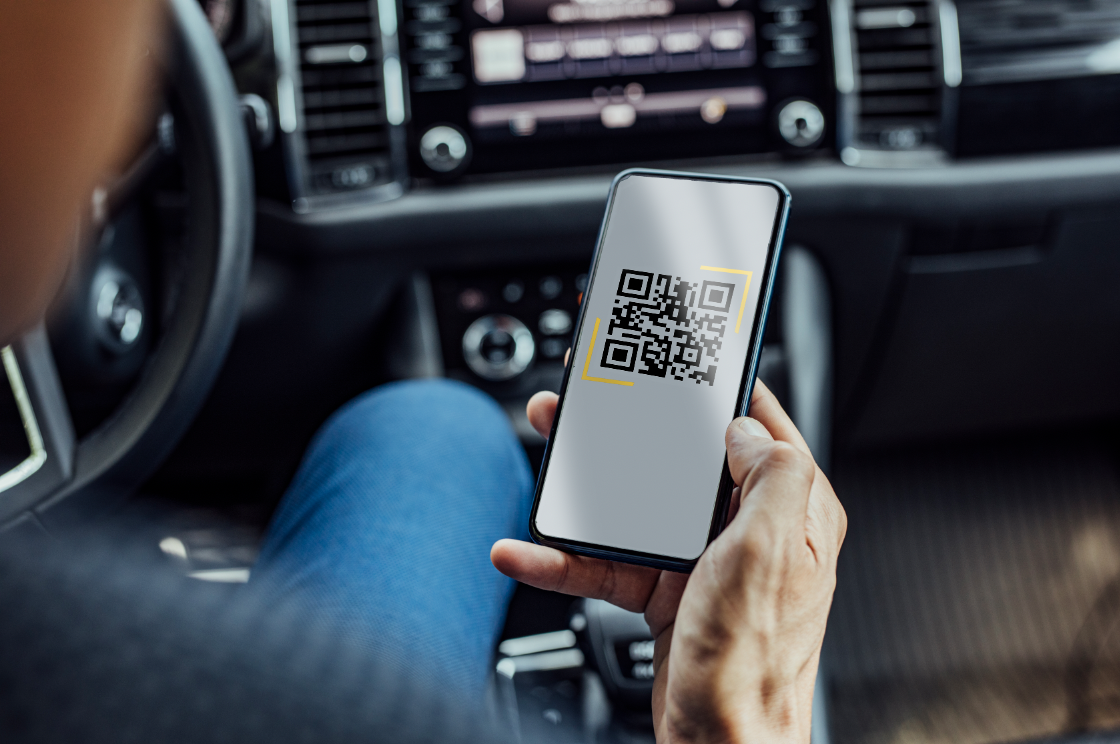Tips for Making the Most of Rising Gas Prices

Article Highlights:
- There is no such thing as a recommendation too small.
- Frame maintenance and repair costs not as an expense, but as an investment.
One of the many things that you strive to do as a dealership is make sure that your customers are happy with the vehicle they drive, but there will always be some things out of your control. The high gas prices affecting everyone now are sure to leave a portion of your customer base a little frustrated with their vehicle’s performance, to say the least.
For some, inflated gas prices mean it’s time to look into purchasing a new car with better fuel efficiency (or possibly even an EV), but it’s safe to say that a majority of people are looking to find ways they can save money at the pump.
While you may not be able to lower gas prices, your service drive has all the tools to make sure that your customers’ vehicles are running as efficiently as they possibly can, creating savings in the long run. Here’s some tips for making the most of rising gas prices, both for your customers and for your dealership.
Consistently Make Recommendations
When your service drive is packed (or maybe even behind schedule) it makes sense to want to get your customers in and out the door quickly. While this is generally a good practice, make sure that you’re not skipping out on making recommendations in order to speed up the process.
Get into the habit of taking the time to complete an inspection and make any needed recommendations for every customer that comes into your shop. Not only are recommended services going to bring more profits in for your dealership, they can make customers aware of problems with their vehicle they didn’t know about.
There is no such thing as a recommendation too small either—especially when customers are looking for more efficient vehicles. Simple maintenance tasks—replacing air filters, changing spark plugs, and rotating tires—can do a lot to increase fuel efficiency for your customers without a huge additional fee. When customers come to you for other services, it doesn’t hurt to also ask if these are things they would be interested in. After all, they’re already in your shop and could save the time and money required to come back later.
Hot tip: consider framing up your applicable recommendations with an emphasis on fuel efficiency. For example: “I just went over all of our recommendations with you, and given the current gas climate, I would like to also point out #2, 5 and 7. These have particular benefits to fuel efficiency.”
Follow Up, Follow Up, Follow Up
It’s wishful thinking to believe that all of your customers will complete the services you recommend—that’s why following up with them about declined services is so important. Make sure that your customers fully understand the impact that the services they decline could have on their vehicle’s performance. Customers are driving their vehicles longer than ever before—with the average car on the road being over 12 years old. They want their vehicles to last longer, and they want them to run decently throughout that time. Frame maintenance and repair costs not as an expense, but as an investment in a long lasting, more fuel efficient car.
Like any big investment, customers will often take time before they make a decision—it’s essential that your dealership has a system in place to automatically follow-up with customers based on the urgency of their recommended but declined services. Ultimately there’s a wide variety of reasons why a customer may decline a service that you recommend, but that doesn’t mean they never intend to get the work done. The important part is making sure that they come back to you to complete the work.
Hot tip: add an icon or special formatting to those fuel efficient recommended-not-dones on your follow-up messages to your service customers to draw some attention to a very relevant recommendation.
Reach the right customers
When looking to bring more traffic into your service drive, it’s important to target the right customers—the ones who will take action. You have an advantage over some of of your service competition in that you have a database with both service and sales customers. Targeting both groups with fixed ops specific messaging is a great way to hit your mark and find the customers most in need of repairs.
As an example, your dealership may decide to send targeted ads to customers who purchased a vehicle from you 1-2 years ago, as these customers are probably hitting key maintenance intervals. You could also target customers who visited your drive with vehicles more than 5 years old, as cars naturally need more service as they reach higher mile marks. Finding what brings the best results for your dealership is a process that will benefit you now and in the future.
Gas prices are affecting everyone, but there is a way for your dealership to make the most of this time. Both parties benefit when customers come to you for service work—you profit and their vehicle performs better, allowing them to save at the pump. Making sure that you’re recommending services to customers who could use extra the maintenance, following up with those who have declined services, and advertising to the right customers are all great ways to make sure that your customers are satisfied with their vehicle and you get the most profitable work possible.
Related Articles:

Harvesting Profits: Autumn Opportunities in Your Service Drive
As leaves begin to fall and jack-o’-lanterns light up porches, your service drive faces its own set of tricks and treats.

Maximizing Targeted SEO: Putting Consumer Needs in the Driver’s Seat
This article was written by Kenna Smith, a marketing communications intern. Today, SEO is more than a buzzword; it’s a game-changer. Businesses have been working…

Texting Tips: 5 Steps to Better Messaging
Fine tune your texting skills to send an impactful message every time.

Maximizing Your Marketing Potential with QR Codes
Nearly 89 million US smartphone users scanned a QR code with their mobile devices in 2022 – a number predicted to reach more than 100…















